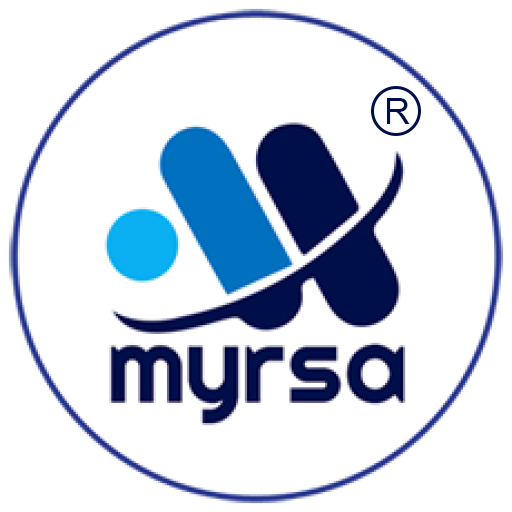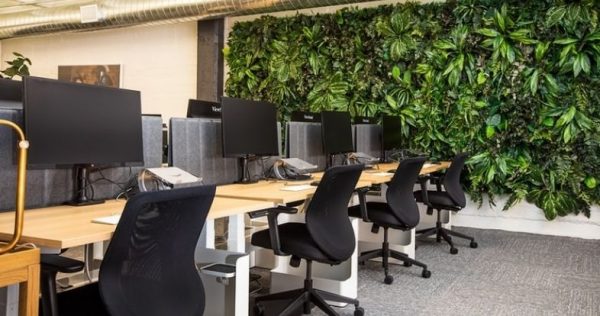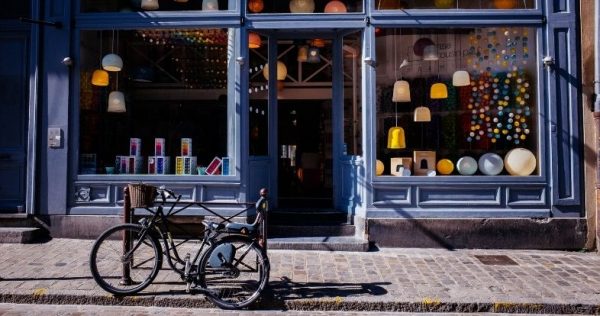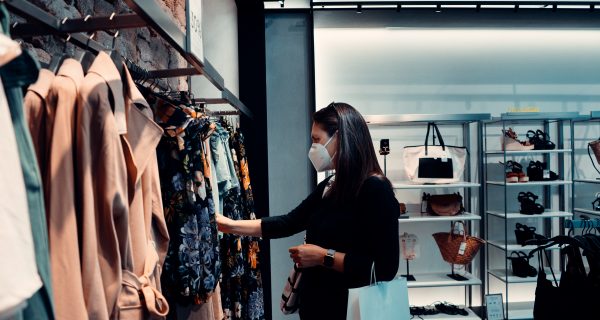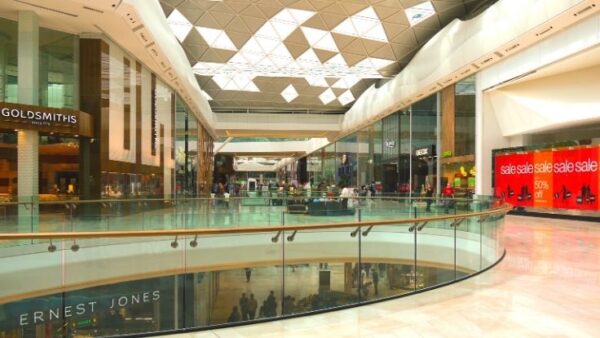A computer lab acts as the hub for teaching a whole bunch of students how to use a computer and various other skills, usually by a professional computer teacher. Along with taking classes, teachers can also use the computer lab for research or for creating technology-based projects. But what about all the hours when the computer lab is empty with lots of potential? There are plenty of ways to make use of computer labs that are not in use. This is how you can also make ways for additional income by putting classrooms for rent. After school and college hours, computer labs are mostly empty and remain without any use. It’s important to understand the full potential of owned spaces and realize the profit they can bring you by utilizing them effectively and efficiently. Here are 5 ways you can make use of your computer labs when it’s not in use.
1. Conduct Online Exams
Computer labs are the best spaces to conduct online exams with plenty of students appearing. This way, the space, as well as the computers, are being utilized in the best way possible. It also gives you the authority to supervise each student and help them correctly. Online exams need spaces like computer labs to be conducted properly. These are held for a few hours and so renting out computer labs temporarily will be the ideal way to go. Computer labs are also designed in a way that works best for online exams. Each computer will have well-functioning software as well as an internet connection that are essential for online exams. Instead of looking for classrooms for rent, you can actually use computer labs to conduct the exams.
2. Organize Meetings
Since computer labs are empty with a large seating arrangement, it can be used as an alternative for meetings, conferences and seminars. In case all the meeting rooms are occupied and you have run out of options, making use of a computer lab is your best option. A computer lab has more than enough space to accommodate a team. You can also make use of computers to present data and statistics for your meeting. Any kind of visual presentation is possible in a computer lab which is a plus point for your meetings and seminars. You can display your prepared presentation on a big screen or even It is also a great place for group discussions and brainstorming ideas.
3. Teach Your Classes
Tutors need a quiet and disturbance-free place to conduct a proper class. A computer can be the perfect tuition space for your computer classes. In case there is a shortage of classes, or you have to take an emergency class, computer labs can come in handy. A good alternative for classrooms on rent. Using the space for conducting classes is also a great way to earn additional income. Schools remain empty post-evening and also during the weekends. Using this time for extra classes and teaching sessions can be very helpful to both teachers and students. School computer labs will be the perfect locations for teachers searching for a classroom environment. It is very easy to find such spaces as many are already available for rent.
4. Hold Training Programs
Training programs of new techniques or new software require a large number of computers and a whole day. Time, space and a good number of computers are essential for a successful training program. Everyone needs to be in a quiet environment and together in one room. A computer lab is a peaceful and disturbance-free zone where tutors can effectively carry out training programs. Computer classrooms for rent are a good option for these programs. This is not possible in offices as they have other employees too. In offices and other spaces, there is constant rush and a lot of disturbance too. You can rent out computer labs and set up training programs easily. With the use of well-functioning computers and space to accommodate a large number of people, your training program is bound to go well.
5. Conduct Workshops
A computer lab is an empty and peaceful space with a lot of resources to make use of. You can also use these labs as a space to conduct various types of workshops. You can hold promotional and educational workshops according to what fits the occasion. An educational workshop could be teaching the underprivileged sections of society about the workings of a computer. This can be effectively conducted in computer labs. Social service activities can be conducted with the good purpose of making India more digital.
There are plenty of ways to make use of empty computer labs and these were just some of them. Computer labs can be a great source of income as well as a life-saving space during emergencies. It’s important to understand and be aware of how you can list out your vacant owned spaces and make money by putting them to good use. Empty classrooms for rent are available today. You can even learn how to put your classroom on rent or rent one out.
Credits: Manavi Sarang
